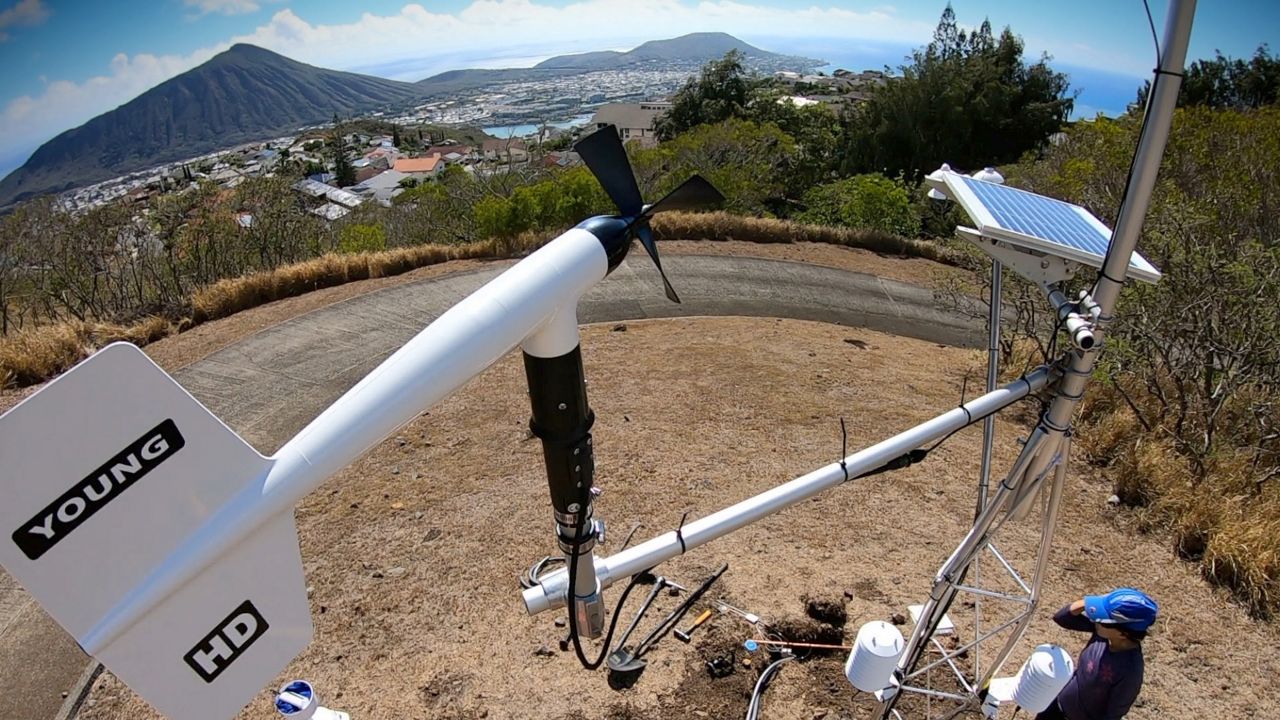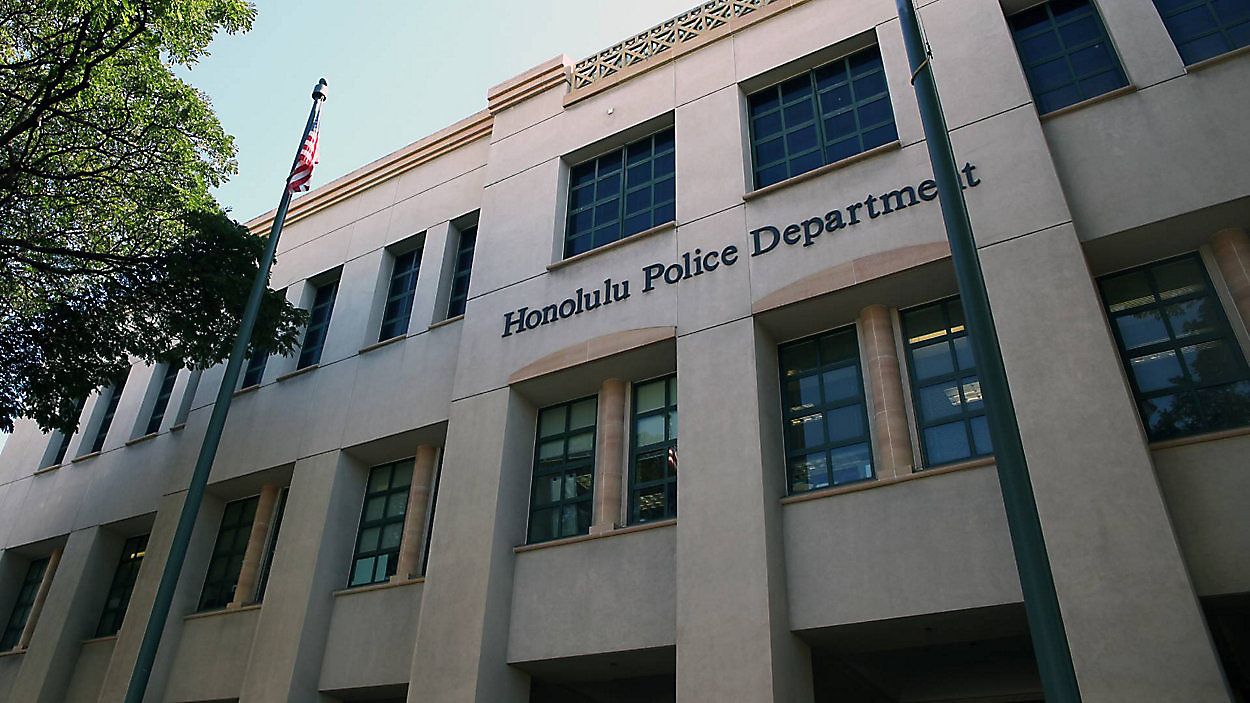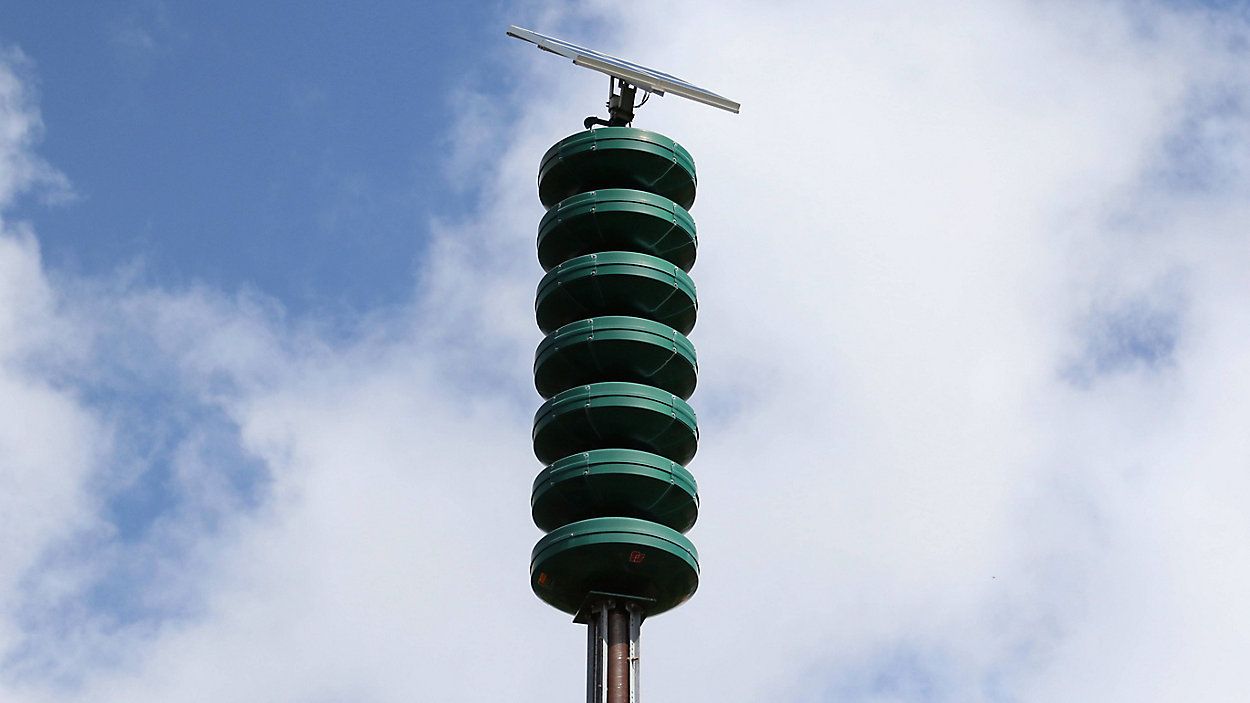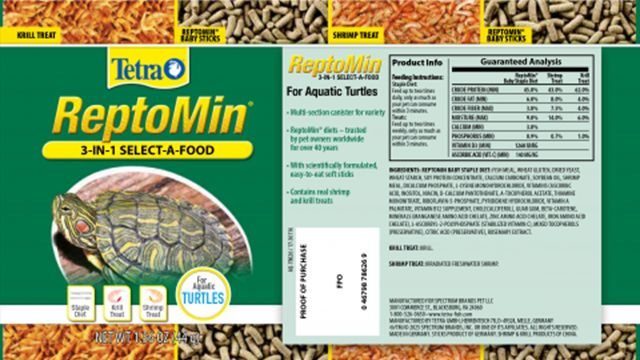A new real-time dashboard allows the public to look at live weather data from almost 70 monitoring stations across the state.
A team of scientists at UH Manoa and the Hawaii Department of Land and Natural Resources developed the Hawaii Mesonet project, and they plan to add another 30 high-tech weather stations to the system within the next two years.
UH officials said the data collection is especially important now as budgets for federal agencies that collect weather information are being cut by the Trump administration.
The Hawaii Mesonet dashboard allows users to view current weather at stations across the Hawaiian Islands, with information on temperature, rainfall, wind, humidity, solar radiation and soil moisture updated every 15 minutes.
Because of Hawaii’s diverse geography and many microclimates, precise monitoring is necessary to accurately capture weather events, according to a UH news release. For example, annual rainfall in parts of Maui can vary by more than 140 inches within a single mile.
“This dashboard represents years of effort to build a system that’s tailored to Hawaii’s unique needs,” said Tom Giambelluca, Hawaii Mesonet project lead and a Department of Geography and Environment professor. “It’s not just about data — it’s about giving our communities the tools to adapt and respond.”
Data collected from the stations may be used for forecasting and disaster response, especially in supporting early warning systems for wildfires and floods. In the future, data from the Hawaii Mesonet might inform planning and decision making in emergency management, agriculture, water resource, conservation and other sectors.
The launch of the Hawaii Mesonet dashboard comes as the federal government is cutting funding to the National Weather Service and National Oceanic and Atmospheric Administration, which will likely impact climate-based research and data collection. The University of Hawaii said the Hawaii Mesonet dashboard will be a key source of weather information and will fill gaps in data availability.
Data from the Hawaii Mesonet project is stored in the Hawaii Climate Data Portal, which is also available to the public. The HCDP pulls data from multiple sources, including the Hawaii Mesonet and other federal datasets.
“The real concern is that most of these federal datasets will no longer be available in the near future — making the Hawaii Mesonet and the HCDP the sole resource for real-time weather and climate information in the state,” Pacific Islands Climate Adaptation Science Center University Consortium Director Ryan Longman said. “A big uncertainty is how the state will fill critical funding gaps left by the federal government to support these important efforts.”
Michelle Broder Van Dyke covers the Hawaiian Islands for Spectrum News Hawaii. Email her at michelle.brodervandyke@charter.com.







